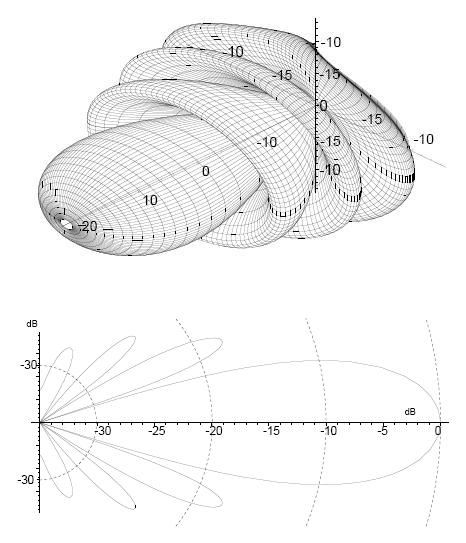Not sure but they do look very similar
Vixen AESa radar
It is an AESA antenna mounted on a...
The Gripen Solution - AESA radar
In addition, the ES-05 sits on a tilted board - a so called swashplate - which is a very clever invention. This means that the element beams are pointing 30 degrees to the side of the aircraft already from the start when they are pointing straight forward in relation to the board. When the beams are also electronically re-directed even more to the side, the radar is looking very much to the side in relation to the aircraft – up to 100 degrees. And if the pilot shifts focus and wants to monitor the situation on the other side, the board quickly rotates along its longitudinal axis. This ability to look well to the side of the aircraft gives perhaps an even larger tactical advantage than the high speed re-direction.
Here is the reason why...
The AESA's main beam is created by the wave superposition (keywords search) principle. With the main beam, or lobe, there are side lobes and if we are to illustrate the entire assembly, a radar signal would look like this at the point of transmission...
As the beam, or rather the entire signal assembly, is steered back and forth in a sweeping movement, the side lobes will have nowhere to go on each side. They 'hit' the antenna face itself. If we continue the move, to starboard for example, because the side lobes on that side have nowhere to go, they will be 'squashed' or 'squeezed' or 'compressed', whatever term is convenient, between the main lobe and the antenna face. Moving further and they will contaminate the main lobe, which is where the bulk of detection resides. In effect, the system jammed itself.
The smaller the main lobe, the smaller the side lobes, therefore the wider the sweep angle before contamination begins. This is why the combination and working relationships between:
- T/R module miniaturization,
- Quantity of T/R elements,
- Spacing between T/R elements,
- Array shape,
- Array dimensions,
- Freq employment,
- Power output
...are so important.
This is also why not many countries are able to in-house design their own AESA systems. Then there is array manipulation and sub-arrays creation and choreography software to consider. So just because a country boast that it has an indigenous AESA system, the initials 'AESA' in no way imply that it is equal to its peers in other countries.
Anyway...Tilting or more accurately angling the swashplate remove the physical limitation inherent when there is a need to search in a particular sector
NOT straight ahead.
Swashplate - Wikipedia, the free encyclopedia
(AESA) radars are flat plates that can scan up to sixty degrees in any direction from directly ahead of them. By mounting an AESA radar on a swashplate, the swashplate angle is added to the electronic scan angle. The typical swashplate angle chosen for this application is 40 degrees so the radar can scan a total angle of 200 degrees out of 360.
Another benefit is when there is a need to prevent the antenna itself from being a reflector because the radome is composed of a pass through material. Keeping the antenna off perpendicular but electronically beam steer straight ahead will allow search without the risk of the antenna giving away the fighter's presence.















